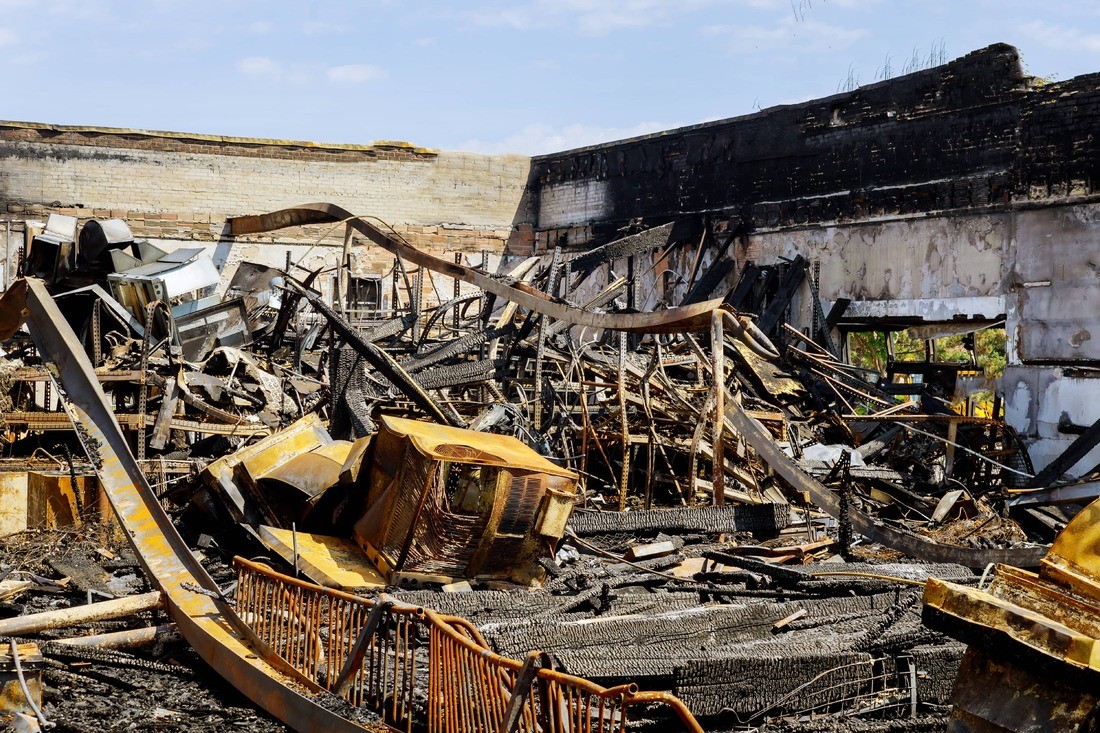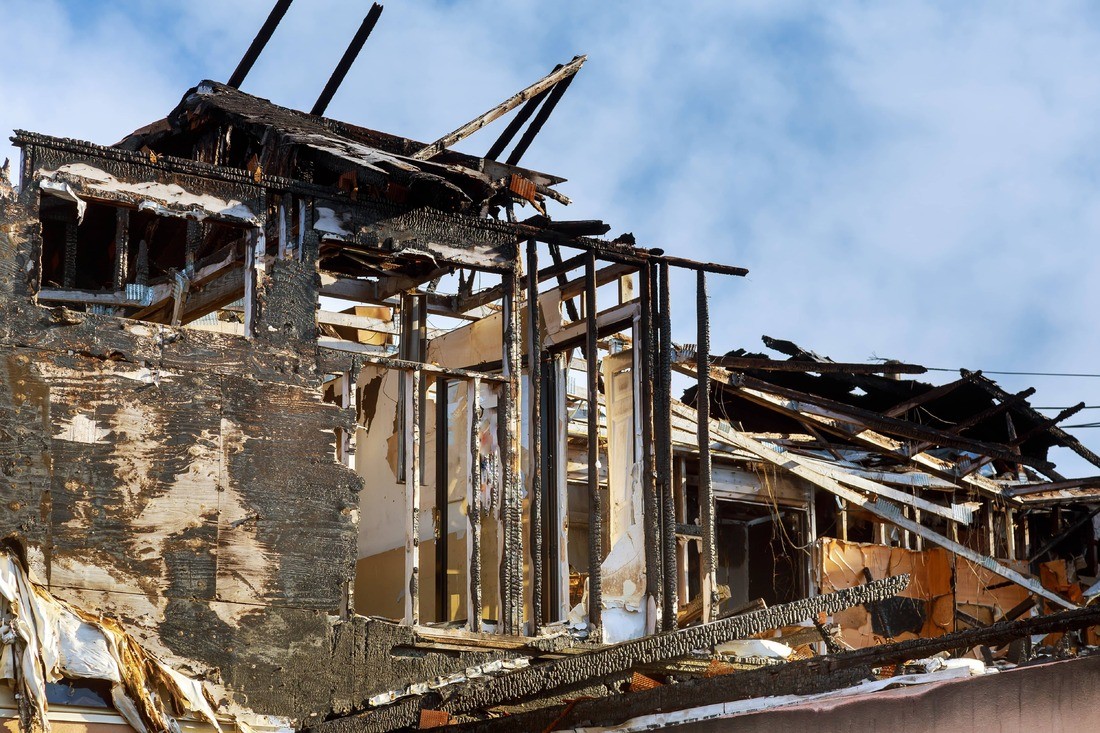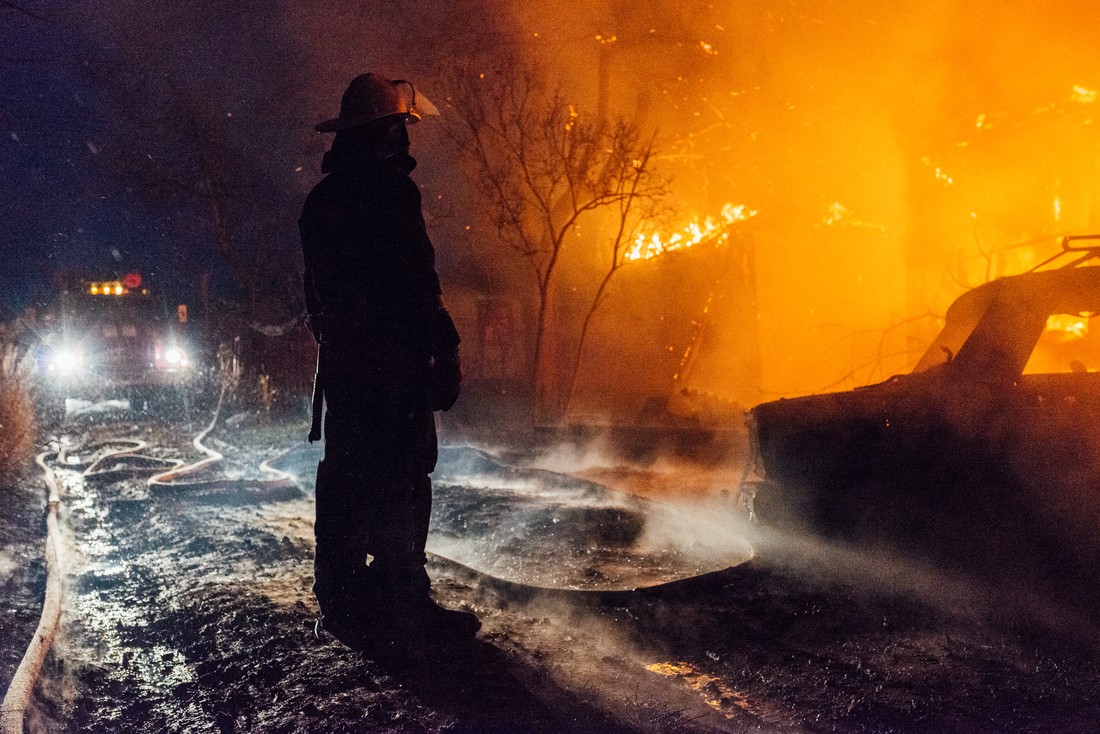
Introduction
Fire damage restoration is a critical process that plays a significant role in historical preservation. When historical buildings and artifacts suffer from fire damage, it is essential to restore them to their original state to preserve their integrity and cultural significance. This comprehensive guide explores the various aspects of fire damage restoration in historical preservation and the crucial role it plays in safeguarding our cultural heritage.
The Importance of Historical Preservation
Historical preservation aims to protect, conserve, and restore historical sites, buildings, and artifacts for future generations. These structures and objects hold immense historical, architectural, and cultural value. By preserving them, we can learn about our past, appreciate the craftsmanship of previous generations, and ensure that our heritage is not lost.
The Risk of Fire Damage
Fire poses a significant threat to historical buildings and artifacts. The destructive nature of fire can cause severe damage, including structural instability, charring, soot and smoke damage, and water damage from firefighting efforts. If not addressed promptly and properly, fire damage can lead to irreversible destruction of historical assets.

The Role of Fire Damage Restoration
Fire damage restoration is the process of recovering and restoring fire-damaged structures and artifacts. It involves a range of techniques and specialized knowledge to remove soot, smoke, and water damage, repair structural damage, and mitigate any long-term effects. The primary goals of fire damage restoration in historical preservation are:
1. Assessing and Documenting Damage
Professional fire damage restoration experts assess and document the extent of the damage to develop a restoration plan. They create comprehensive reports and documentation of the pre and post-fire condition of the historical site or artifact. This documentation serves as a valuable resource for historical preservationists and researchers.
2. Salvaging and Stabilizing Artifacts
Fire damage restoration experts carefully salvage and stabilize artifacts affected by the fire. They employ specialized techniques to prevent further damage and ensure that the artifacts retain their original integrity. This may involve removing debris, cleaning surfaces, and applying protective measures to prevent deterioration.
3. Cleaning and Removing Soot and Smoke Damage
One of the most significant challenges in fire damage restoration is cleaning soot and smoke damage. Restorers use specialized cleaning agents, techniques, and equipment to remove soot and smoke residues from surfaces without causing further damage. This step is crucial to restore the aesthetic appearance of the historical building or artifact.
4. Repairing Structural Damage
If a historical building has suffered structural damage, fire damage restoration experts work on repairing and reinforcing the affected areas. They collaborate with structural engineers and architects to ensure that the repairs are carried out following historical preservation standards and guidelines.

5. Mitigating Water Damage
Firefighting efforts often result in water damage, which can further deteriorate historical buildings and artifacts. Fire damage restoration includes comprehensive water damage mitigation, including proper drying, dehumidification, and mold prevention techniques. This step is crucial to prevent long-term damage and preserve the integrity of the historical assets.
6. Preserving Historical Authenticity
Throughout the fire damage restoration process, preserving the historical authenticity of the building or artifact is of utmost importance. Restoration experts aim to retain the original materials, architectural features, and design elements, ensuring that the restored structure or artifact closely resembles its pre-fire condition.
The Significance of Professional Fire Damage Restoration Services
Professional fire damage restoration services play a vital role in historical preservation. Their expertise, knowledge, and access to specialized restoration techniques and equipment are crucial for successfully restoring historical buildings and artifacts. These professionals understand the complexities of historical preservation and work in alignment with relevant preservation guidelines and regulations.
Conclusion
Fire damage restoration plays a crucial role in historical preservation by ensuring that fire-damaged buildings and artifacts are restored to their original state, retaining their historical, cultural, and architectural significance. Through the expertise of professional restoration services, we can safeguard our cultural heritage and pass it on to future generations.
What techniques are used in fire damage restoration?
Why is professional fire damage restoration important for historical preservation?
Sources:
- Fire and Smoke Damage Restoration
- Fire Damage Restoration Cost Guide
- The Best Fire Damage Restoration Services of 2023
- Fire Damage Restoration – C & R – C&R Magazine
- Fire Damage Restoration: The Complete Guide
- Cleaning Up After A Fire | American Red Cross
Important facts and statistics about fire damage restoration and historical preservation:
- Every 23 seconds, a fire department in the United States responds to a fire somewhere in the nation. – Source: NFPA report – Fire loss in the United States
- 2019 saw a 43% decrease in structure fire deaths in one- or two-family homes and a 63% decrease in fire deaths in apartments compared to 1980. – Source: Fire Damage Statistics – 2019-2020 Fire Damage and Restoration Data
- In 2018, public fire departments responded to an estimated 1,318,500 fires in the United States, 499,000 of which occurred in structures. – Source: Fire Facts | Fire Safety Facts & Statistics | Fire Life Safety
- The national average cost of fire damage repair for a house is $12,900. – Source: Fire Damage Restoration Cost Guide
For professional fire damage restoration services in Las Vegas, contact JGW Group Water Damage Restoration Las Vegas at 725-240-0640.



